I’m deep beneath Dundee’s modern-day streets, gazing into the dead eyes of a decapitated criminal.
It’s ghastly, gory stuff, and one of the many ‘features’ those who venture down into the city’s underground vaults will encounter.
I’m on a guided walking tour run by Dundee-based DD Tours, and it’s a combination of spine-chilling, ghastly, grisly, and absolutely fascinating.
The tours are aimed at folk of all ages, and while there are fake severed heads dangling from the roof, as well as rats, spiders and other nasties, there’s nothing too sinister.
What are the vaults?
The vaults are what is left of Packhouse Square, an enormous storage area built in 1644 for goods coming through the city’s ports.
They had been ‘lost’, or certainly long-forgotten, for some 250 years. In November 2000 they were unearthed by a construction team working on a building site on Exchange Street.
Workers first discovered stonework and then “tunnels”, believed to have once run all the way to the River Tay.
At the time, city archivist Ian Flett described the discovery as a “marvellous piece of Dundee history come to light”.
DD Tours, run by Stewart Heaton and Louise Murphy, began offering guided walks of the vaults in 2018. Over the years, the number of rooms opened up to the public has increased from four to 10.
I’d long been aware of the tours but hadn’t got round to booking one until last week.
Where do you start?
The hour-long adventure sees guests kitted out with hard hats (there’s a risk of cracking your head on low beams) and entering a secret entrance to a courtyard on Exchange Street.
From there, you venture 14ft underground via a winding stone staircase down into the Dundee streets of the 1600s.
It’s an incredibly strange feeling to be standing on these old, musty streets, imagining what life must have been like all those centuries ago.
And it’s down here that expert storytellers Stewart and Louise bring the area to life with their dark, compelling tales.
Story of the Dundee vaults
So why were the vaults ‘hidden’, and what were they used for?
The pair, in their quirky, offbeat style, explain that they were closed in the 1750s and replaced after the city’s shoreline was raised.
“A massive earthquake in 1755 off Lisbon resulted in a tsunami, and when the wave hit Dundee, it obliterated the dock area, smashing ships in the harbour to smithereens and submerging Packhouse Square,” explains Louise.
“Storerooms and warehouses were flooded, damaging goods, property, and livestock.
“Decisions were taken to raise the street level higher, to ensure a disaster like this never struck the town again.”
New packhouses, essentially shipping stores, were built and the shoreline was raised.
That meant that what remained of Packhouse Square was now about 14ft below the ‘new’ ground level.
I’m drawn to a rusty, cobwebby grating, under which jet black water glints in a certain light.
Stewart informs me it’s been trapped there for years – it’s pretty rancid. Probably best not to disturb it.
Witchcraft, murder and slavery
While the pair are sharing stories of yore, they mention Grissell Jaffray, the last woman to be executed in Dundee.
She was choked and burned at the stake in 1669 for the crime of being a witch.
They also tell of the murder trial of ex-seaman Alexander Marshall in 1835 – and the mysterious ball of jute found stuffed in his dead wife Annie’s mouth.
Another fascinating story is that of Joseph Knight, an African man enslaved by sugar plantation owner Sir John Wedderburn, the 6th Baronet of Blackness.
Some areas of the vaults are themed – around witchcraft, ghosts, magic, the supernatural, disasters at sea, superstitions, crimes, and forms of torture and punishment.
Torture methods
One room has a set of ‘pillories’ – wooden braces for holding offenders in painful positions while they were publicly ridiculed and barraged with rotten fruit and veg.
Guests are invited to insert their heads and hands at their own risk. I can’t resist.
And I have to admit – it’s an extremely unpleasant and claustrophobic sensation!
Other forms of punishment include the iron ‘branks’, also known as ‘scold’s bridle’, first used in 1567.
A board explains how these were “like a cage enclosing the head” and mainly used on women for crimes such as slander or gossiping – or on those caught disposing of “filth” in the streets.
An iron plate would press onto the tongue to prevent speaking but also to cause excessive salivation and fatigue. Not nice!
What about the pirate and polar bear?
There are fascinating stories charted in every room. That of Dundee-born Captain William Kidd, publicly executed by hanging in London in 1701 for the crime of piracy. And a tale about a female prisoner who died in the Tolbooth as a result of being eaten alive by rats.
There’s also the story of the polar bear that rampaged through Dundee in 1878.
It was one of two brought from Davis’ Straits by a local whaling ship and bought by a Mr Woods.
He intended exhibiting the poor bears from a tent in Commercial Street.
Connecting with hidden Dundee
With so many stories, there’s sure to be something to appeal to everybody.
And there’s no doubt that Stewart and Louise love showing people this hidden part of Dundee.
“It’s awesome to connect with some of the stories that make the city’s history,” says Stewart.
“There are so many stories to tell – we certainly don’t seem to be running out!”
The duo run various tours, with their newest, titled Vicious Victorians, running until November 8.
This covers “murder, mystery and true crime”, with gruesome stories from each decade of Victoria’s reign.
- The Dundee Vaults tours start up again on November 14.
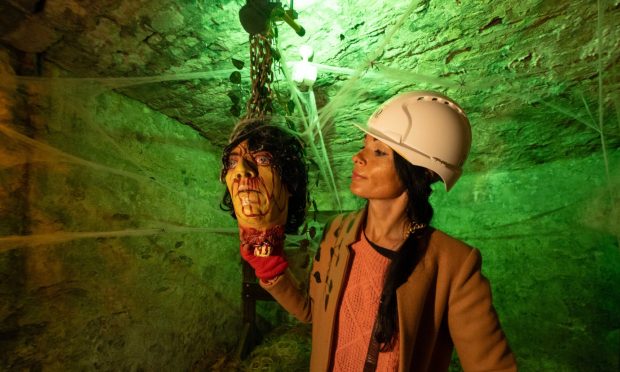
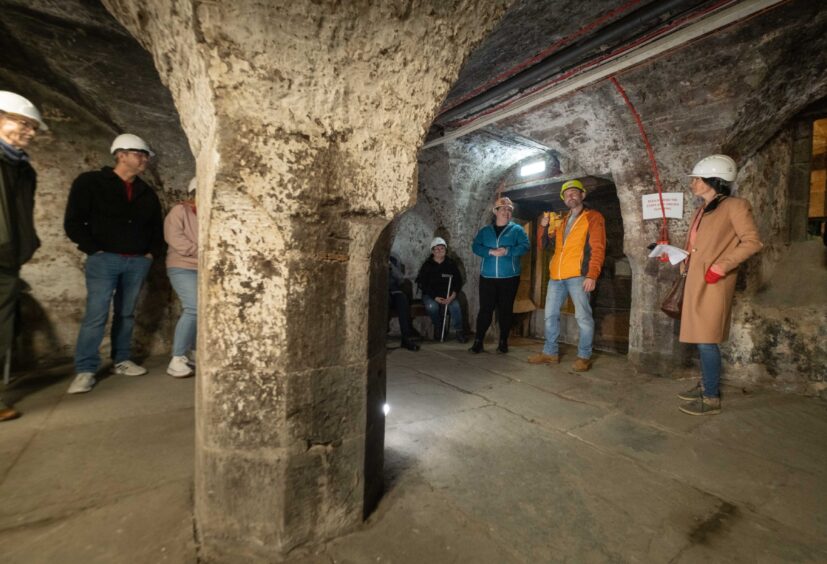
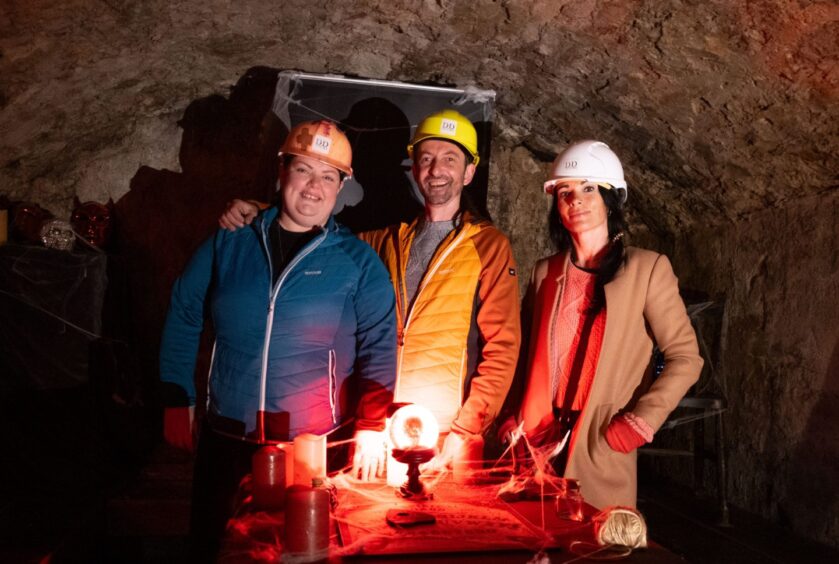
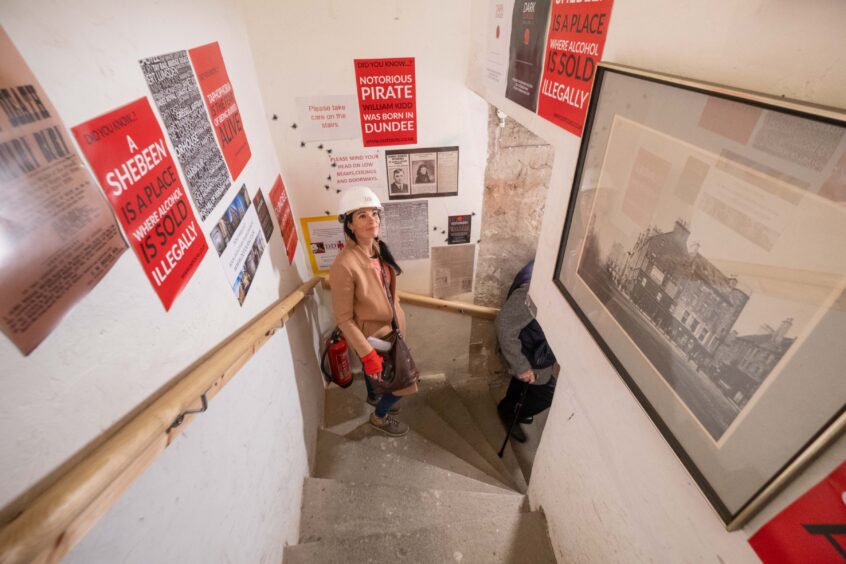
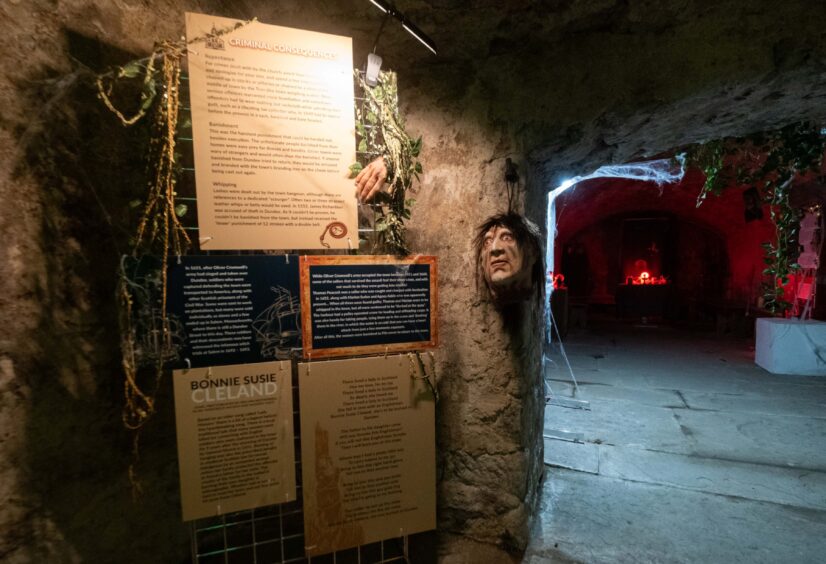
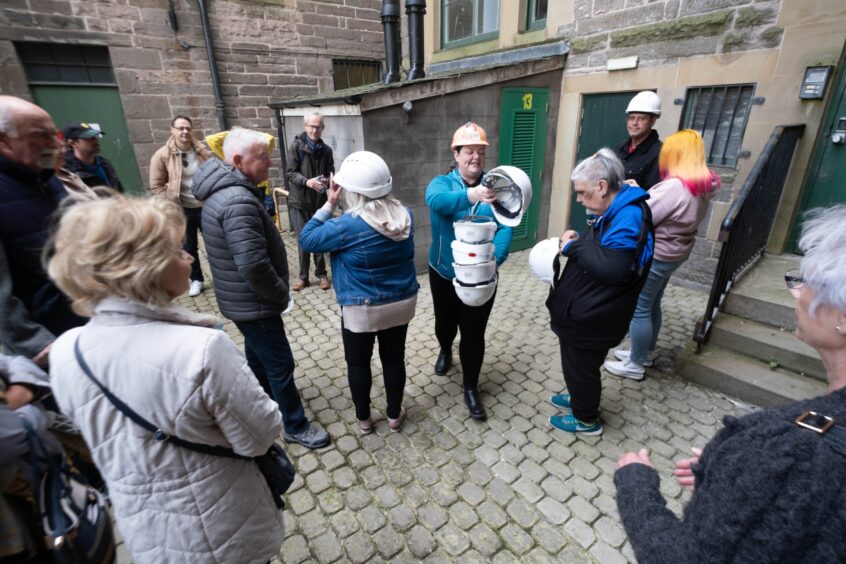
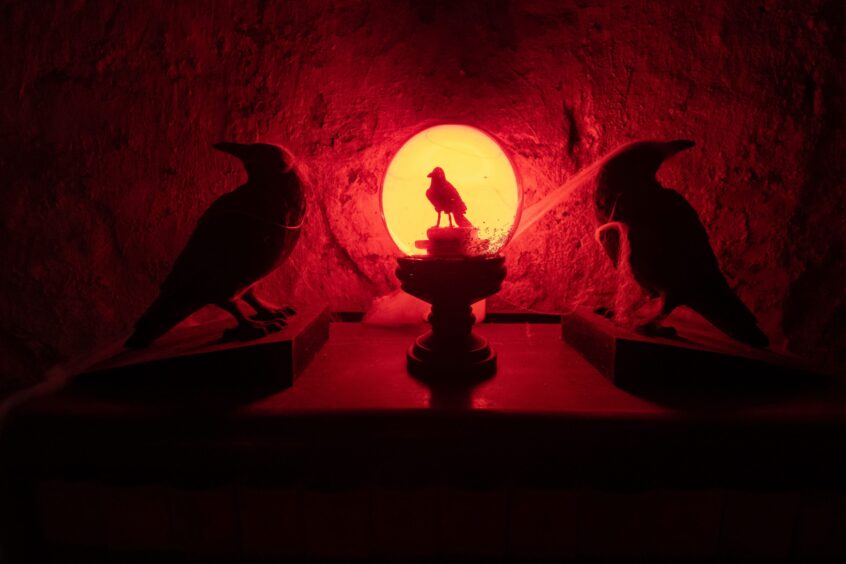
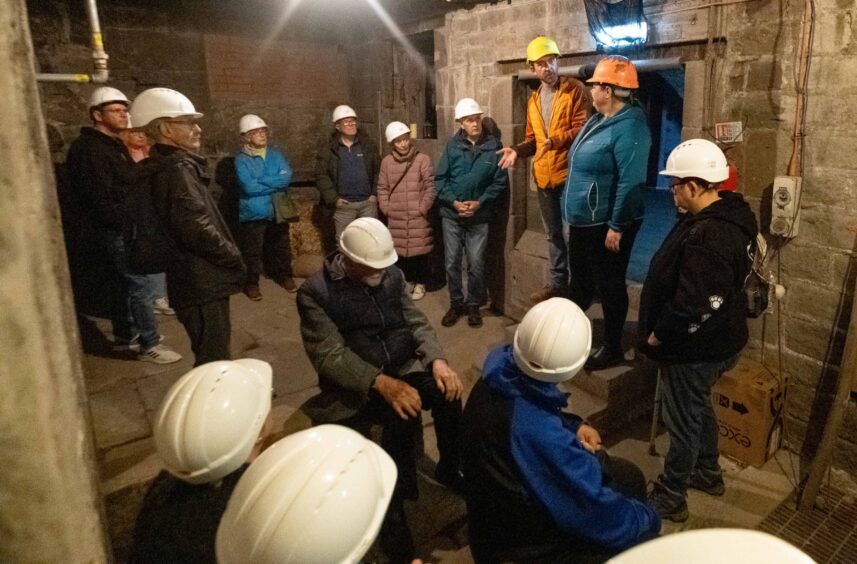
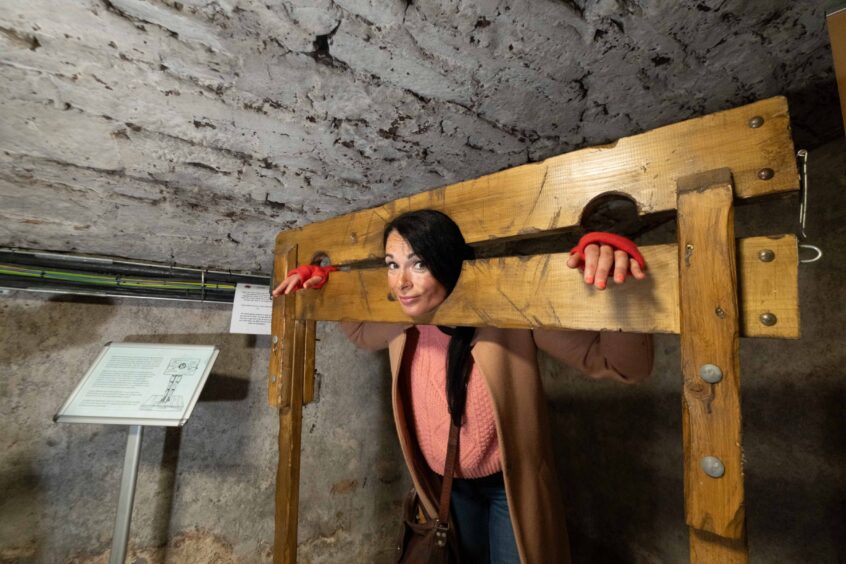
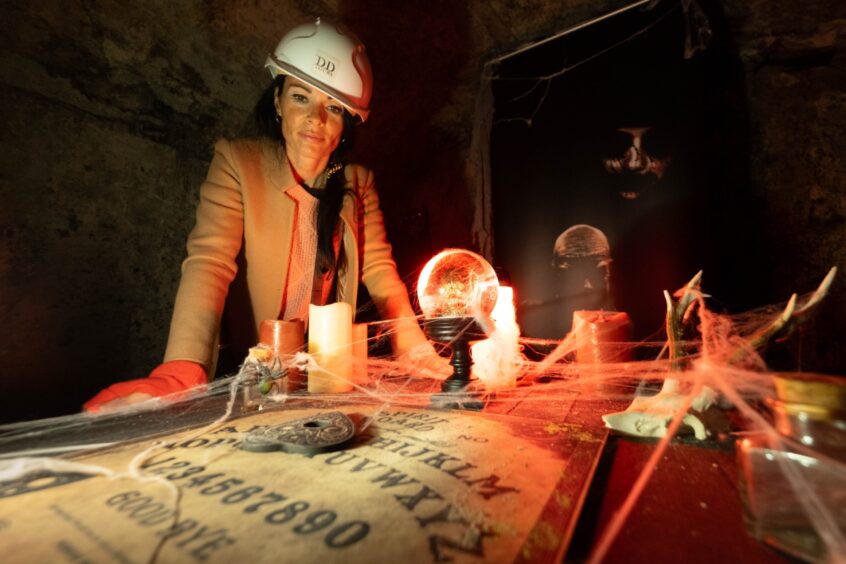
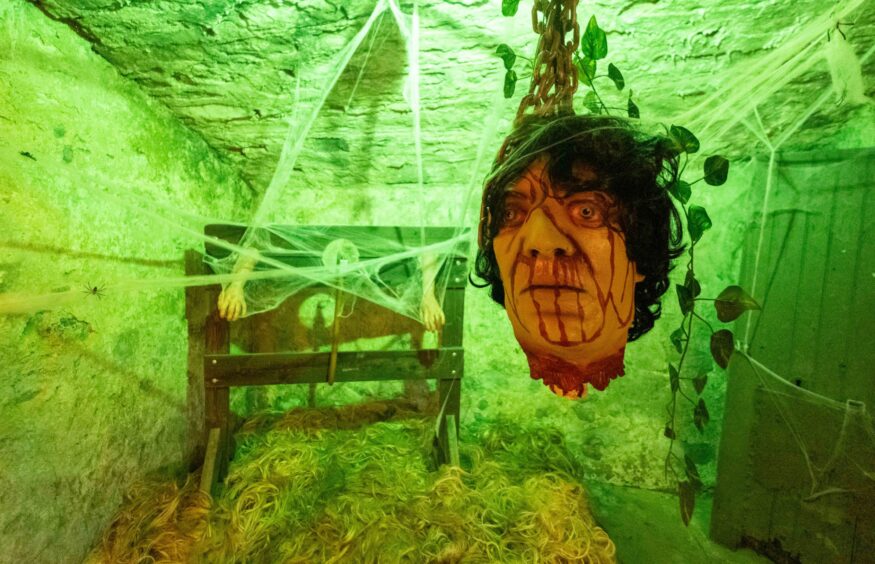
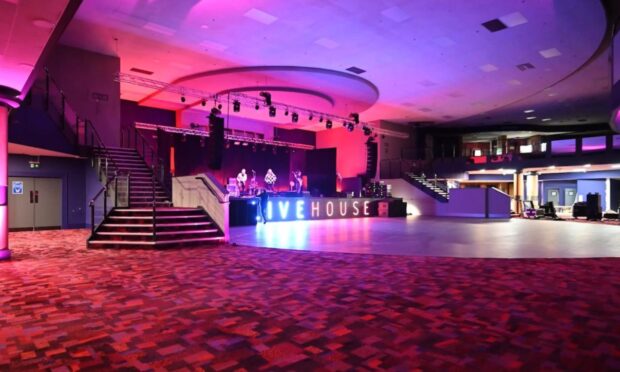

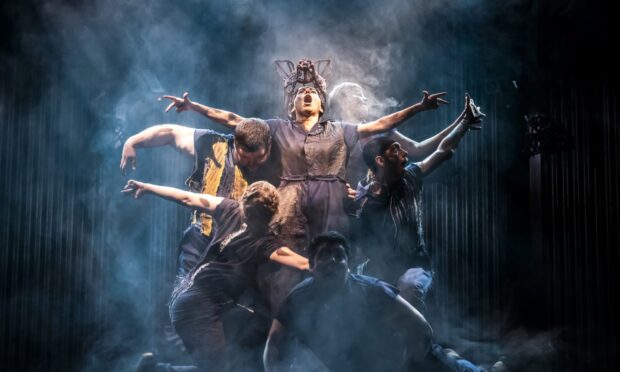

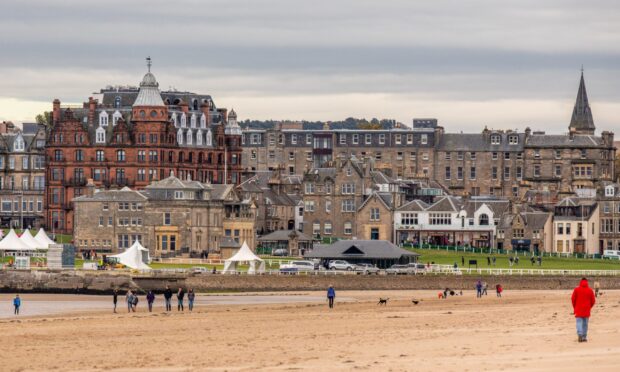

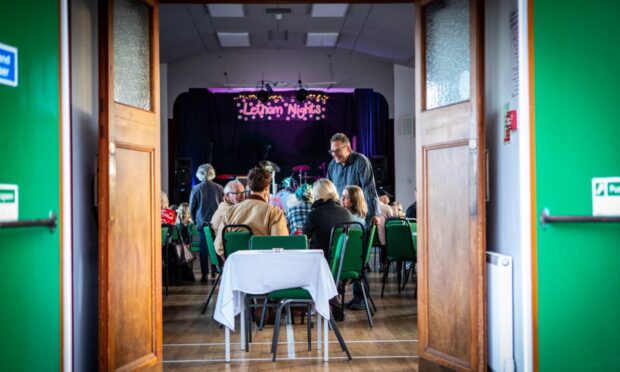



Conversation